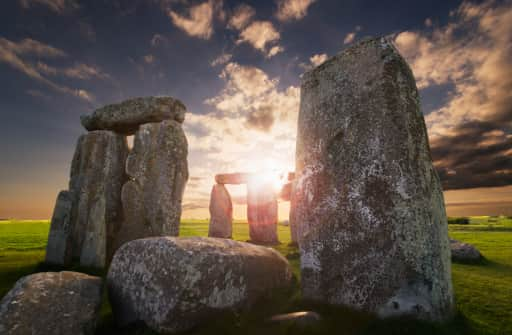Summer Solstice 2023: Why June 21 is the longest day, how much daylight will we get & when it will get dark
and live on Freeview channel 276
For those who enjoy the long, leisurely evenings that the summer brings, then you’re in luck as today (June 21) is the longest day of the year. The Summer Solstice is celebrated when the sun reaches its highest elevation in the Northern Hemisphere, giving people in the UK almost 17 hours of sunlight to enjoy.
The Summer Solstice, which is also known as ‘midsummer’ takes place every year in the UK between June 20 and June 2022. It occurs when Earth‘s North Pole has its maximum tilt towards the sun so the northern hemisphere receives more sunlight and the closer people are to the North Pole, the more sunlight they will experience on the day of the summer solstice.
Advertisement
Hide AdAdvertisement
Hide AdAccording to the Met Office, the sun rose at around 4.35am this morning and will set at around 9.31pm. This also makes for the shortest night of the year.
Conversely, those in the southern hemisphere will experience their shortest day of the calendar year. Meanwhile, the shortest day of the year in the UK - which is known as the winter solstice usually occurs around December 22, and gives us just around eight hours of daylight.


People around the world celebrate the summer solstice by heading to well-known landmarks such as Stonehenge to mark the occasion. Sun lovers gather to celebrate the midsummer and the sun’s extended visibility.
Stonehenge is believed to have been built with the solstice in mind and is one of the most popular locations for those wanting to view the sunrise on this day, with over 6,000 people attending last year
